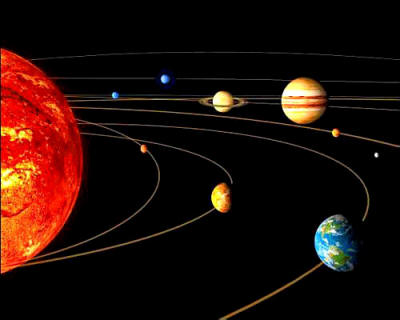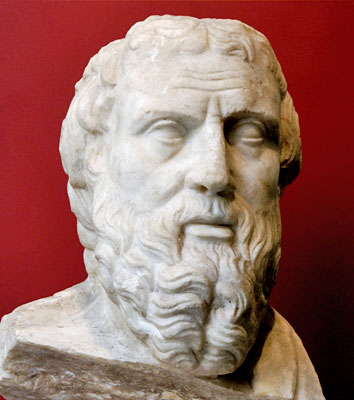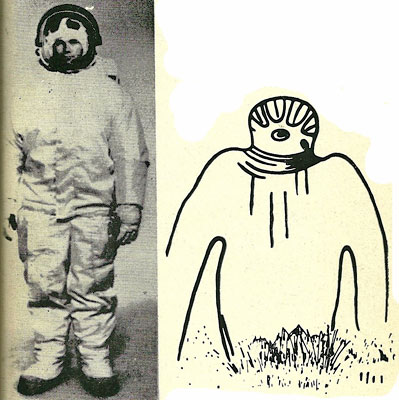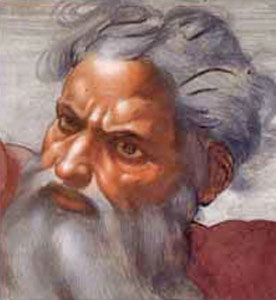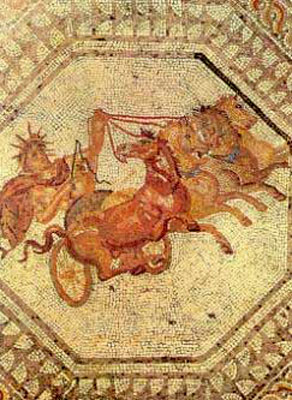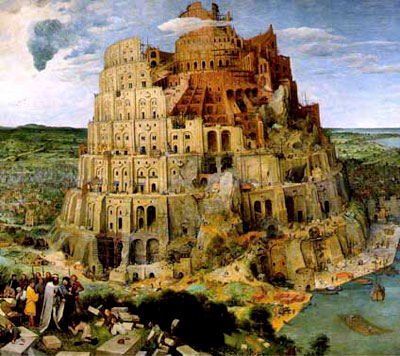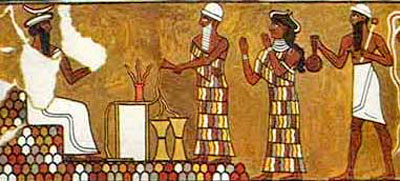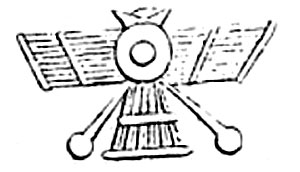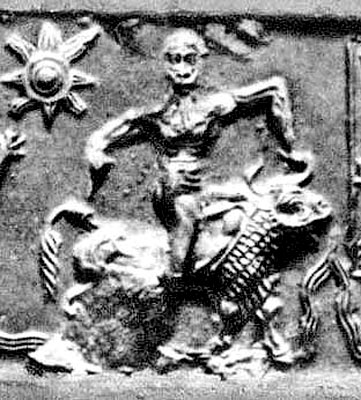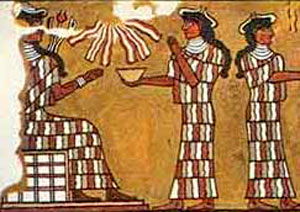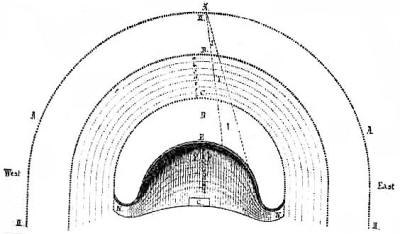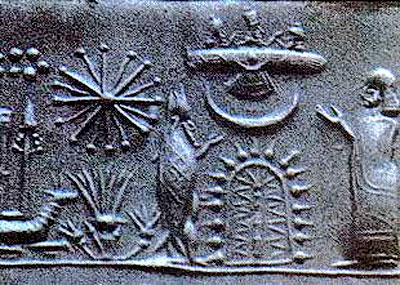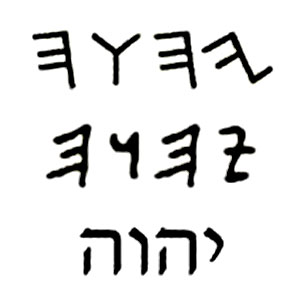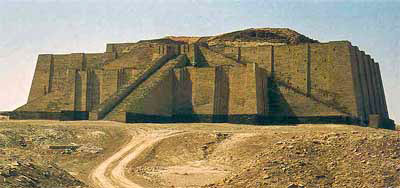|
shows the main bodies of the solar system, the Sun, Mercury, Venus, the Earth, from left in foreground, Uranus, Neptune, Saturn, Jupiter and Mars, from left in background. The Moon, the Earth's natural satellite, is seen at right in foreground,
as the relative size of the orbits of
the planets is not respected.' Photo: AP
Are the Anunnaki real? Are they aliens? Or are they part of a bigger
picture?
These various books also seek to demonstrate that there was in ancient times an extraterrestrial race that genetically manipulated mankind for various reasons.
The Sitchin thesis ("Sitchinism"),
now embraced by numerous other writers, who have incorporated it
into what is apparently a new worldview, essentially asserts that
these ancient Sumero-Babylonian gods, the Anunnaki, are aliens from
the
planet Nibiru (Sitchin's "12th Planet"), which passes by the
earth every 3,500 years or so, at which time they planet-hop to the
earth and create mischief.
Herodotus of Halikarnassós/Halicarnassus
Although the idea of the ancient gods being aliens may seem novel, the tendency to make the gods of old into "real people" or "flesh and blood" is not at all new, dating to before the time of the Greek historian Herodotus (5th c. BCE) and developed by the Greek philosopher Euhemerus or Evemeras (c. 300 BCE).
This tendency is called, in fact, "euhemerism" or "evemerism," which claims that the numerous gods of various cultures were not "mythical" but were in reality kings, queens, warriors and assorted heroes whose lives were turned into fairytales with the addition of miraculous details to their biographies.
The current Anunnaki thesis
is a modern version of evemerism, although it seeks to explain the
miracles as not fabulous "additions" to the tales but genuine
attributes of advanced extraterrestrials.
Ancient Astronaut Theory
In an attempt to explain these anomalies, which include weird stories or "myths" and enormous, astonishing ruins worldwide, a number of people, including Swiss writer Erich von Daniken and Zecharia Sitchin, have created the "ancient astronaut theory," which dictates that alien visitors have been influencing human life for thousands if not millions of years, even to the point of genetic manipulation.
Von Daniken, it should be recalled, was one of the first moderns to put forth the ancient astronaut theory and was widely ridiculed and vilified for his observations.
Ancient astronaut? 'Chariots of the Gods,' p. 78
Because of Sitchin's apparent scholastic training, he becomes more credible for many, even though he is one of those renegades not scholastically trained in his field.
Furthermore, it
should be noted that neither man came up with the ancient astronaut
theory, which was largely developed by a German occultic society,
for one, during the 19th century.
Moreover, the idea that someone may be able to read a language and therefore can interpret its data properly is a specious argument, because the one certainly does not guarantee the other.
Years before Sitchin, biblical and Dead Sea scrolls scholar John Allegro studied Sumerian intimately and came to very different conclusions:
Hence, it is
not the "mere" ability to read the Sumerian that will produce an
accurate rendering of it.
Biblical Bias?
the angry, jealous tribal god
Like so many other paradigms that make it into popular culture, the alien astronaut theory has been agenda-driven.
In fact, it seems that the most recent attempt may be prompted by the same type of motivation that produced the Bible, a chronicle largely consisting of the plagiarized myths of other cultures that were reconstituted as "humans" of a particular ethnicity.
It appears that the Anunnaki thesis has now led to the
conclusion that, while the Bible is not infallible, its god Yahweh
is valid and its various characters are the superhuman alien-hybrid
progenitors of "the chosen."
The speculation is not needed, as, for
example, the Sumero-Babylonians themselves said that the gods were
the planets, not people, and that their stories were myths
representing personifications of these bodies.
c. 1982
It is believed that by "dismissing" the myths of the ancients as myths, we are somehow robbing them of their "history."
This claim is ludicrous, as it is those who insist that there are no myths who are actually defaming the ancients. It seems as if everyone has already forgotten the work of the learned and esteemed mythologist Joseph Campbell.
Campbell knew that major biblical tales, such as that of Moses and the Exodus, were mythical.
In his book Occidental Mythology, following a discussion of the Bible, Campbell turns to the "Gods and Heroes of the European West," and says, with apparent resentment:
Perhaps mythology is simply not as exciting as the UFOlogical paradigm, whereby ancient astronauts were buzzing all over the place, being worshipped for their extraordinary capacities.
However,
the desire to see such a "history" often seems to be coming from
exposure as a youth to comic books and sci-fi movies - and even the
History Channel these days, featuring "Ancient Alien" shows!
Astrotheology of the Ancients
They were, in fact, highly advanced. As such, they developed over a period of many thousands of years a complex astronomical/ astrological system that incorporated the movements and qualities of numerous celestial bodies, which could be called the "celestial mythos."
The celestial mythos is found around the globe in astonishing uniformity. In fact, it served as the manner by which life on Earth was ordered, as it contained information crucial to life, such as the movements and interrelationship of the sun and moon. Without the mythos, no people would have been able to become sea-faring, and planting and harvesting would have been difficult.
And the mythos needed no alien intervention to be developed by
humans, nor did it need moderns to come along and reinterpret it
contrary to what its creators intended.
The Anunnaki, in general, represent the seven "nether spheres" and guardians of the seven "gates" through which the "sun of God" passes into the netherworld or darkness. They are also the "tutelary spirits of the earth."
So, immediately we encounter a problem which reveals that what Sitchin is putting forth is not what the ancients themselves said of the traditions they themselves Apollo, sun god, in his chariot drawn by four horses developed.
Like so many before him, Sitchin also wants to make the main character of the celestial mythos, the sun, into a person.
Actually, he wants to make it into several extraterrestrials. These various gods found around the globe, such as Apollo, Osiris, Horus, Krishna, Hercules, Jesus and Quetzalcoatl, are not people or aliens but personifications of the solar hero, as was stated by the peoples who created them.
The ancients were not so dumb that they mistook planets for people, even though they personified those planets and, where the knowledge or gnosis of the mythos was lost, they hoped for "the incarnation," or the carnalization or appearance of a "god."
There is no need to recreate
the wheel here by speculating upon what the ancients "really" meant.
The Anunnaki and Assorted Other Characters
If anything, the tablets and others verified what we already knew about Sumeria from its inheritors, the Akkadians and Assyro-Babylonians.
The Sumerians were not a lost civilization, except that their older physical remains such as at Ur had not been remembered through the ages but were rediscovered only in the mid-19th century. Their mythology and culture were fairly well preserved in the succeeding civilizations:
For instance, some
300,000 tablets of the Babylonians have been found thus far, which
include much commentary on their gods.
A number of these deities are in the class called "Anunnaki" and/or "Igigi."
The Anunnaki are
numbered variously: 7, 50 and 900.
Says the Catholic Encyclopedia regarding Babel:
Tower of Babel by Pieter Bruegel, 1563; Kunsthistorisches Museum, Vienna, Austria
Enlil/Ellil/Bel
Enlil and Ninlil give birth to the moon god Nanna, "a major astral deity of the Sumerians," who was called "Sin" in Babylonian.
Sin is the same moon god encamped at Mt. Sinai, as well as worshipped at Ur and Harran, where purportedly lived the mythical Abraham, progenitor of the Hebrews, who "borrowed" many of their gods (Elohim) from Mesopotamia (and Canaan, Egypt, etc.).
Obviously, neither the moon nor "his parents" are real persons/aliens; nor are the rest.
Regarding Enlil/Bel, the Encyclopedia Britannica says:
Enlil (left) attended by the Iggigi
painting from Mari, Sumer Although there were many Baalim, the singular Baal apparently came to represent the sun in the age of Taurus (c. 4500-2400 BCE), whence, it is said, comes the word "bull."
Sin and Shamash
The sun god
Shamash was called the "sublime judge of the Anunnaki."
Enki/Ea
Also called a
"king of the Igigi," Marduk was the supreme Babylonian god and often
represented Jupiter, although as "Bel-Marduk" he incorporated
aspects of the sun god as well and was considered as such at a late
period in his worship.
The god Horus or "Heru" is indeed largely
a sun god, depicted as a hawk with wings outstretched and the solar
orb on his head.
Rather than representing the "12th planet," the description of Nibiru in the Enuma Elish does indeed seem to depict the personification of the Winged disc representing the sun and sun and its "exploits."
"Nebo" was the Babylonian version of "Moses," actually a solar hero, and Nibiru, in fact, is represented by a winged disc, a common motif depicting the sun.
According to the
consensus of astronomers worldwide, both amateur and professional,
there is no evidence for the
12th planet/Nibiru as Sitchin presents
it. (In other words, "Planet X" is not a known, astronomical
reality.)
Gilgamesh
cylinder seal
The demigod/hero Gilgamesh is depicted as wrestling the "celestial bull," said to represent the sign of the age of Taurus and is similar to the motif of the Perso-Roman sun god Mithra slaying the bull.
In mourning the death of Enki, Gilgamesh,
Mt. Mashu was where "every evening the sun sought repose."
Per Robert Temple, "Mashu" may be derived from an Egyptian term meaning, "Behold, the sun." Like "Moses," derived from mashah in Hebrew (Strong's h3871), "Mashu" is apparently related to "Shamash" and represents the sun.
The "scorpion-demons" or scorpion-men are evidently the stars in the constellation of Scorpio, in the darkness of the night sky. Gilgamesh has also been associated with the Egyptian sun god Osiris, as has the biblical "Nimrod" or "Nemrod."
The Catholic Encyclopedia (CE) states:
Inanna attended by Igigi painting from Mari, Sumer
Ishtar was "Astarte" in Phoenicia, and, as Frazer says in The Worship of Nature,
Like the Greek god of the underworld, Hades, who
allowed his beloved Persephone to return to the surface in order to
create spring, Inanna was the creator of seasons, as she is depicted
as permitting the solar-fertility god Dumuzi/Tammuz to remain in the
underworld for only six months out of the year.
Dumuzi/Tammuz
As the Babylonian records state concerning their "garden of Eden" or "Edina," of Eridu:
Sumerian seal with seven planets
The "nether waters" represent the heavens, and the Anunnaki were called "the fates" and light-bearers of the night sky.
They were the "seven judges of hell" and "seven nether spheres," as Barbara G. Walker relates in her entry on Mary Magdalene (The Woman's Encyclopedia, 614):
Walker also relates, in The Woman's Dictionary of Symbols and Sacred Objects: 13
Sumerian Akkadian Babylonian Cosmos of Seven Spheres When we study what the ancients said about them, we discover that the Anunnaki, et al., are part of the celestial mythos, not "aliens." Here the Anunnaki are the "seven nether spheres" or mirror images of the seven "planets."
These seven judges are a common mythical motif, also found in Slavic/Serbian mythology, for example, where they are clearly identified as the planets:
As we can see, the reality of this issue is much more colorful and luminous than a group of bizarre aliens terrorizing cavemen.
This information is what the ancients themselves wrote.
They did not write,
In fact, "Anunnaki" is a generic term for gods, especially secondary gods, and means "gods of heaven and earth," not "those who from heaven to earth came."
"An"
or "Anu" means "sky" and represents the name of the "god of heaven,"
while "Ki" means "earth" and is the name of the earth goddess.
The Host of Heaven and Sons of God
In this regard, Benson writes in The History of God From Abraham to Moses:
Heavenly host of the Anunnaki
Mesopotamian cylinder seal
Regarding Yahweh, the Catholic Encyclopedia says:
The Babylonian "Ea" is equivalent to Enlil, whom, as we have seen,
is a sun god.
In fact, the name Yahweh, Iao or any number of variants thereof can be found in several cultures:
YHWH/IEUE was additionally the Egyptian sun god Ra:
Thus, the tetragrammaton or sacred name of God IAO/IEUE/YHWH is very
old, pre-Israelite, and can be etymologically linked to numerous
gods, even to "Jesus," or "Yahushua," whose name means "salvation"
or "Iao/YHWH saves."
Yahweh tetragrammaton
Yahweh had yet another aspect to "his" persona, as at some early stage the "sacred tetragrammaton" of "God" was bi-gendered.
As Walker states:
Thus, even Yahweh was at one time plural, but "he" eventually became an all-male, sky god.
This singular Yahweh was a warrior god, representing the sun in Aries, which is ruled by the warlike Mars and symbolized by the Ram-the same symbolic ram "caught in a thicket" near Abraham and used by him as a replacement sacrifice for his son Isaac.
This warrior god Yahweh was not only Jealous but Zealous, as his name is rendered in Young's Literal Translation:
In fact, the same word in Hebrew is used for both jealous and zealous, although is transliterated differently, "qanna" being jealous and "qana," zealous.
As El Elyon was but one of the Canaanite Elohim, the Most High God, so was "Yahweh," as "El Qanna," the Jealous/Zealous God, which is why in the Old Testament he keeps sticking his nose in and shouting at everyone.
The title "Jealous/Zealous" is also appropriate for a god represented by a volcano, as was Yahweh by the smoky and fiery Mt. Sinai.
Hence,
Yahweh's followers themselves were intolerant and hotheaded zealots.
Conclusion
Indeed, the behind-the-scenes elite have known the allegorical, mythical and astrological nature of the Bible and its characters from the beginning. It is evident that the ancients recording these myths were in fact often smarter than the average "useless eater," to use a CIA phrase.
They knew the difference between planets and people/aliens.
Nanna Ziggurat at Ur
The architecture, art, writings and traditions of these various ancient cultures, including Sumero-Babylon, India, Egypt, Chaldea, Phoenicia, Canaan, etc., show an advanced degree of civilization surpassing that which followed it.
Such later degradation is particularly true when it comes to biblical peoples. The Bible, in fact, represents a dumbed-down version of the mythology of the aforementioned cultures.
In reality, in terms of cosmic knowledge, in many important ways modern man has devolved. One of the major problems is the compulsive and irrational historicization and vulgarization of the planetary bodies and of the celestial mythos and ritual, a body of knowledge and wisdom concerning the cosmos and specifically the solar system, which filled the ancients with awe and reverence.
This mythos and ritual is found worldwide, reflecting a global culture in ancient times.
This body of knowledge is discovered in stone and story all over the
world, reflected in the mysterious megalithic ruins.
Furthermore, part of the brainwashing to get people to accept the story of Jesus Christ, for example - which is significantly the story of the sun - was to make "myths" appear to be foolish stories with no basis in reality.
This mental programming or "meme" has been displayed abundantly, but the fact is that myths are not mere fantasies and hallucinations.
They are stories designed to pass along vital information from generation to generation. It is easier to remember the "exploits" of the sun, moon and stars, for example, when they are personified and told in a fun story than when presented in a dry dissertation.
It is only when the knowledge, or gnosis, has been
lost that humans start believing these entities to be real people
- and the gnosis was very effectively driven underground
by organized
religion, such that it was lost to the masses, who now must piece it
together, often coming up with erroneous and inaccurate
interpretations with occasional hits now and then.
|

